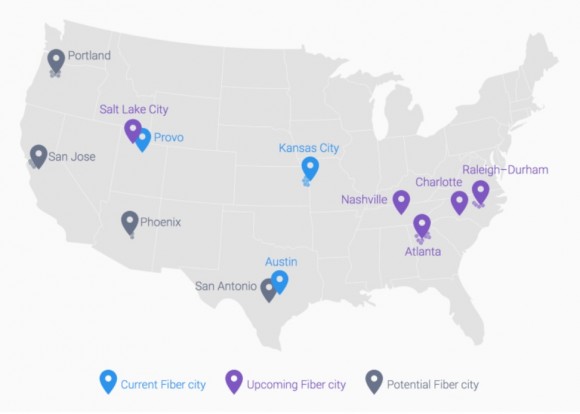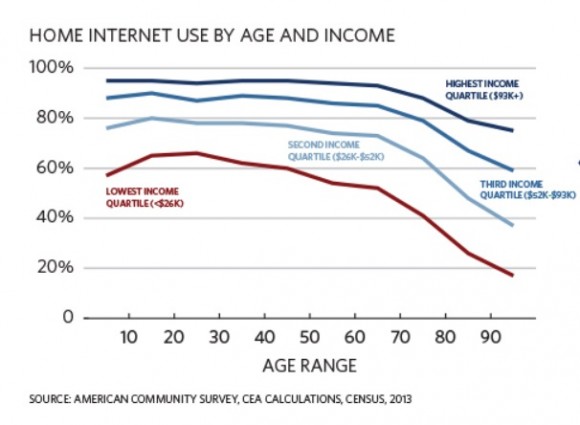Dear Commons Community,
As a result of initiatives in Tennessee and Oregon, there has been much discussion about the promise of free college education as a game changer in improving high school retention and college attendance, and reducing the achievement gap for minority students. Kalamazoo, thanks to the generosity of anonymous donors, has provided free state college tuition for its residents for more than ten years. The overall goal of the Kalamazoo Promise was to create a more level playing field for all students According to recent data as reported in the Los Angeles Times, this program is achieving some of its goals.
“The Kalamazoo program is now mature enough to provide some useful data. As always, there is good news and bad news.
First the good news: High school graduation rates have shot up, and almost 90% of Kalamazoo high school seniors are enrolling in college, compared to around 70% for the state. Most encouraging of all, low-income and black high school graduates are almost as likely to enroll in college as their affluent and white peers. In fact, the black/white gap in college enrollment rates has completely disappeared in Kalamazoo, according to research from Timothy Ready at Western Michigan University.
Now for the bad news: Gaps by race and income reemerge when it comes to actually gaining a post-secondary qualification. The Promise has lifted college completion rates, but quite modestly, and far from equally.
Take the Kalamazoo high school class of 2006: White students were twice as likely as black students to earn at least 24 credits, and twice as likely to end up with a four-year degree (54% versus 26%).
This completion gap may be attributable to the fact that black and white students attended different types of educational institutions. While 56% of black high schoolers graduating in 2012 enrolled in a local community college, just 28% of their white classmates did. Inversely, 59% of whites enrolled in four-year colleges compared to 32% of black students.
President Obama is just one of many who praised the so-called Kalamazoo Promise, flying to the city five years ago to speak at the Kalamazoo High School graduation. More than 35 cities, from Denver and Pittsburgh to Ventura and Long Beach, have since adopted their own versions of the Promise. These schemes vary. Some have minimum GPA requirements, or target only low-income students. But they share the goal of bringing college within financial reach for all.
For good or ill, a college education is steadily becoming an entry requirement for the America middle class. But not everyone has the same chance of securing a bachelor’s degree. Most high schoolers from affluent backgrounds will finish college; few from poor backgrounds will join them. Right now, the U.S. college system serves to reinforce inequality over the generations, rather than reduce it.”
The article goes on to discuss the need to direct more students into postsecondary programs other than those leading to a four-year degree. I would caution, however, that we not establish a higher education tracking system where the majority of white students attend four-year programs and the majority of minority students attend community college and certificate programs.
Tony





